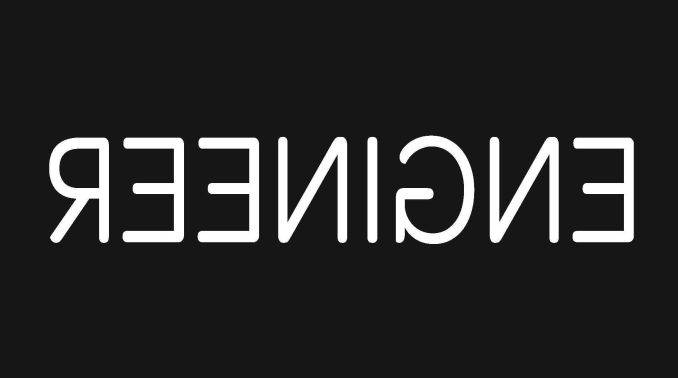This post was first published on September 24, 2014.
Shoppers would agree with me when I say that while purchasing something, I need to feel a connect with it. Once I have found that connection, a feeling of possession sets in and I know that the article, which until recently was only lying in a shop somewhere, is now mine. This feeling of possession of an inanimate article may lead us to believe that anything can be done to it, which would legally be termed as personal property rights. These include the right to take the product apart, measure it, subject it to testing and so on. A question now arises – Can we Reverse Engineer and use something that has been engineered by someone else?
The controversy between Atari and Nintendo lays down most of the pre-Digital Millennium Copyright Act framework for the legal analysis of Reverse Engineering. In the late 1980s, the 8-bit Nintendo Entertainment System (NES) was a major player in the video games market. The security mechanism on the NES, called 10-NES, prevented games from running on the system unless they contained a special chip and software. This security mechanism was used by Nintendo to push game developers into licensing contracts.
Atari began Reverse Engineering the NES in 1986, the same year it was introduced in the US. Atari first tried to Reverse Engineer the security mechanism by ‘‘monitoring the communication’’ between the game cartridge and the game console. However, this approach did not give them enough information. Hence, in an attempt to re-create a listing of the object code, Atari “chemically peeled layers from the NES chips to allow microscopic examination of the object code.” Despite these efforts, Atari was not successful in sufficiently reconstructing the code from the peeled layers of chips.
As part of the Copyright process, Nintendo had filed a listing of their object code with the Copyright Office. This listing contained the information Atari had sought through Reverse Engineering. Atari made up a fictional lawsuit, claiming that Nintendo was suing them for Copyright Infringement, submitted false affidavits to the Copyright Office and got a copy of the listing. Atari was soon successful in reproducing the 10-NES software for video games.
Atari developed its own security chip and program, which was named Rabbit. In 1988, they began producing their own video games, which was later determined to be completely different from Nintendo’s 10-NES. Nintendo and Atari sued each other. One of the issues was Atari’s right to Reverse Engineer Nintendo’s security mechanism. The Court stated that except for the taint from their purloined copy of the 10-NES program, Atari’s Reverse Engineering was Fair Use in so far as it was necessary to understand the 10-NES program.
When the nature of a work requires intermediate copying to understand the ideas and processes in a Copyrighted work, that nature supports Fair Use for intermediate copying. Thus, Reverse Engineering the object code to discern unprotectable ideas in a computer program is construed as Fair Use. However, because their copy of the 10-NES program was fraudulently obtained, Atari lost the defence of Fair Use as legitimate Reverse Engineering. Thus, someone engaged in Reverse Engineering shall not be held liable for infringement, when the end product itself is original.
Image: here



